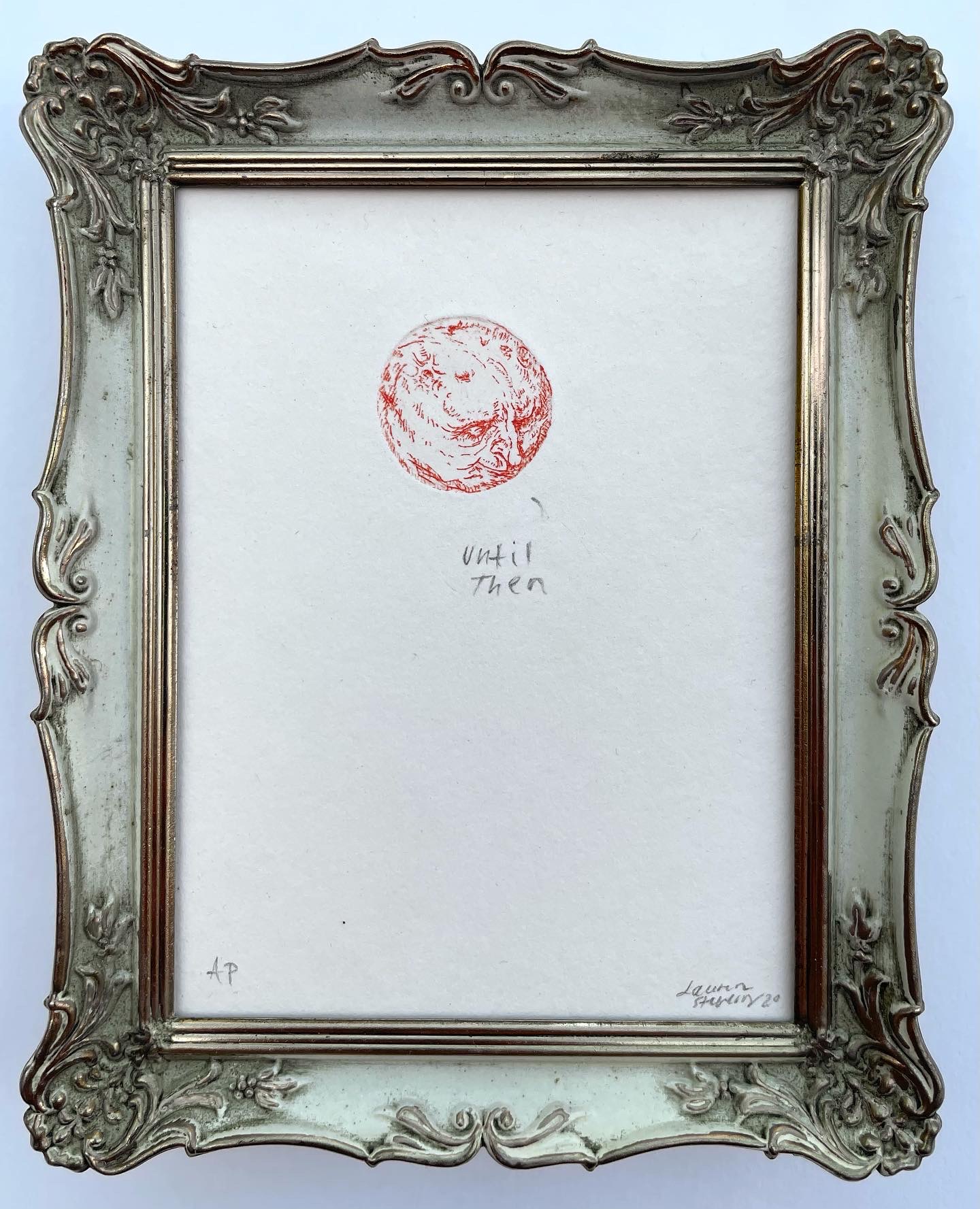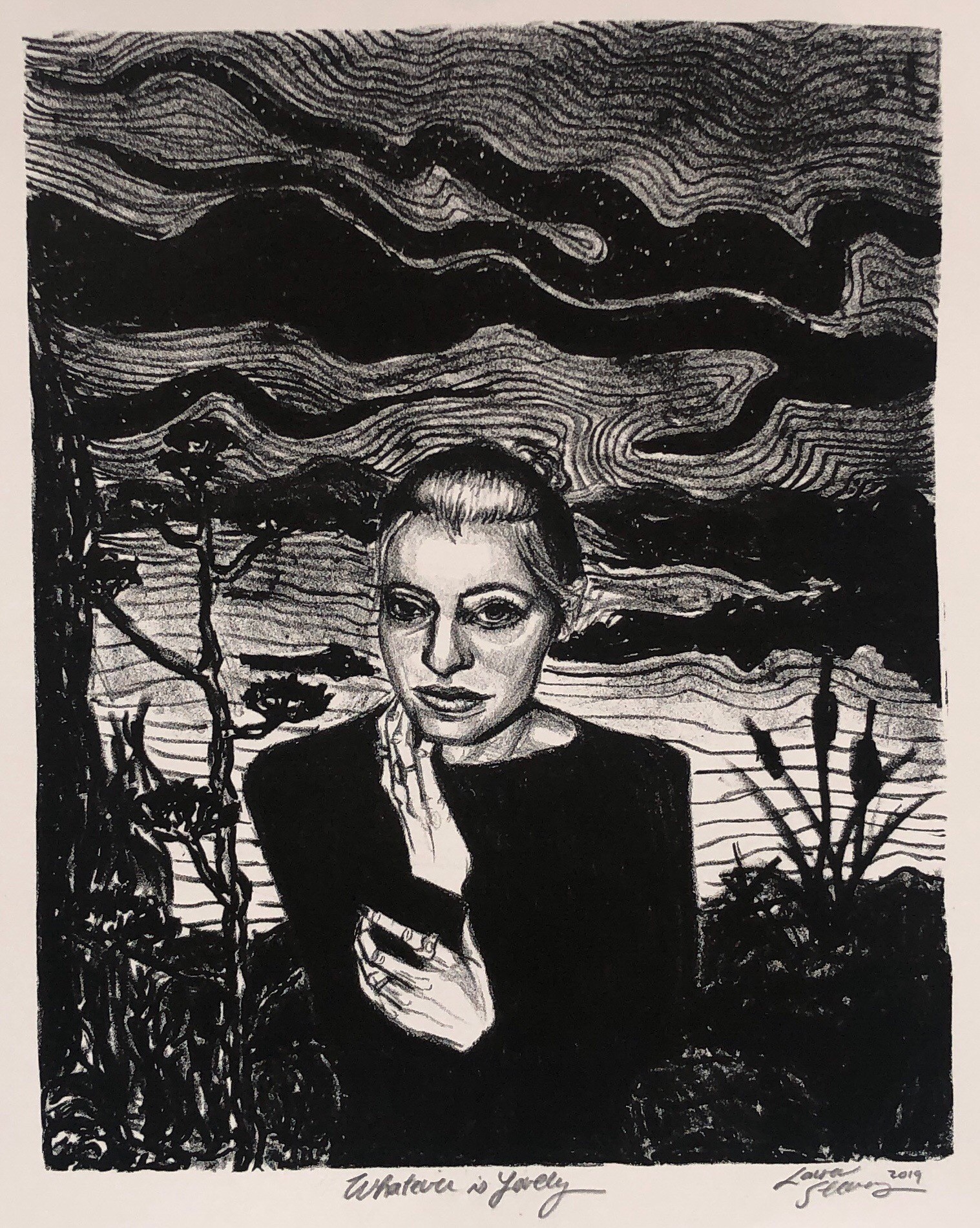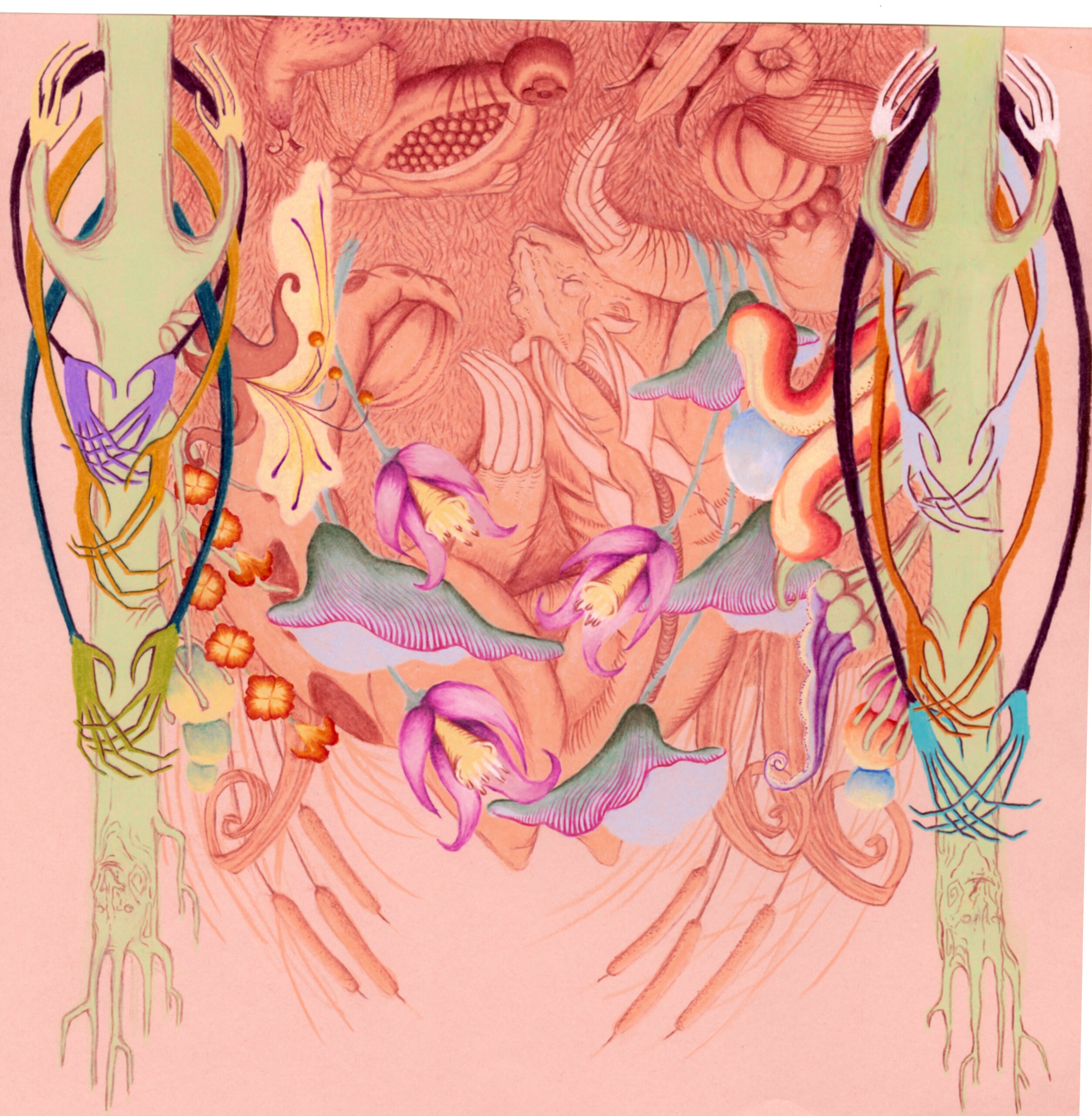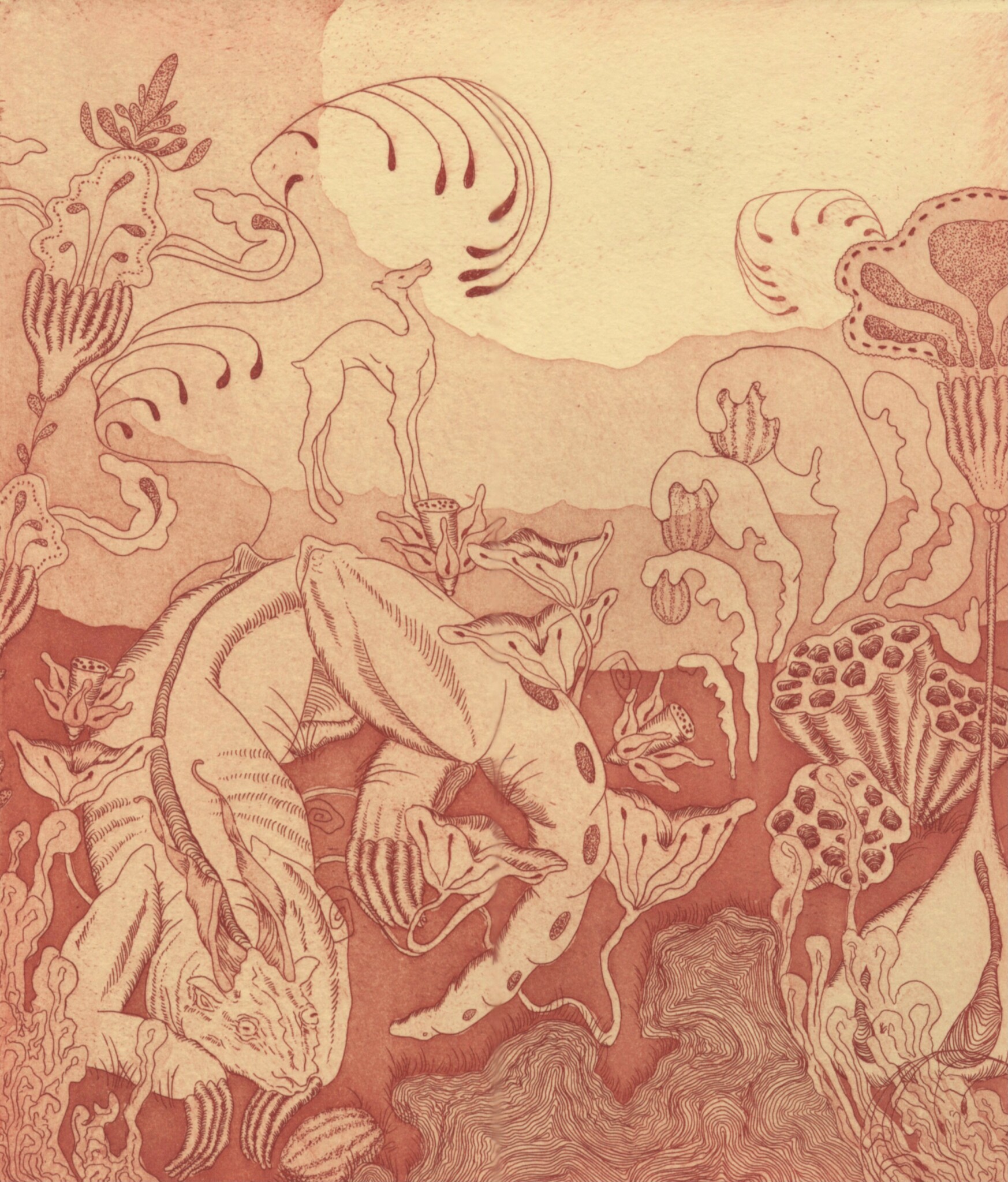Alright – so today we’ve got the honor of introducing you to Lauren Stevens. We think you’ll enjoy our conversation, we’ve shared it below.
Alright, Lauren thanks for taking the time to share your stories and insights with us today. How did you learn to do what you do? Knowing what you know now, what could you have done to speed up your learning process? What skills do you think were most essential? What obstacles stood in the way of learning more?
I now have 5 years of Fine Arts professional schooling, and I have been drawing obsessively since I was 5. I am currently a gradate student at Arizona State University furthering my expertise in traditional printmaking and design.
I really can’t imagine a way I could move faster, I’m working in a medium that was originally made of skilled craftsmen training under a master printer and eventually making their own designs after many years of labor. Perhaps my greatest conflict is my desire to work faster and building goals that are more align with the culture rather than the 16th century nature of the work.
I have always seen traditional and experimental drawing abilities as an essential foundation for all artists, regardless of their representational or nonrepresentational content.


Great, appreciate you sharing that with us. Before we ask you to share more of your insights, can you take a moment to introduce yourself and how you got to where you are today to our readers.
My name is Lauren Stevens. I am a 26-year old Arizona native.
I found copper etching when I was in my early twenties as I studied in Kansas City. I was enchanted by the history and the sense of artistic alchemy the medium holds. I am an instructor now, and often joke with my students that printmaking feels like some form of ancient wizardry. Most of my professional work is on copper, but I also paint and draw with various material.
To pay for living costs as I was in undergrad, I sold work and made unique designs on commission. I created album artworks for music groups and printed small posters to sell at their shows. Now, in grad school, I am illustrating a book with over 75 illustrations to support my new student costs alongside personal work.
All of my work reflects my love of history and theology. “sacred art” is the category my content best falls under. My church often used the term, “divine mysteries” to describe what is tender and close yet distant and unknowable. I like to illustrate paradoxes by depicting what is both confusing and wondrous and what is beautiful and fearful.


What’s the most rewarding aspect of being a creative in your experience?
The ability to work out questions with your hands.
Its a form of outward expression that quiets your mind when the work is complete. It has a similar feeling as finishing a session with your counselor. There was something you needed to voice, but needed the aid of some outside source to successfully articulate.


How did you build your audience on social media?
I do not have a huge following, but I did create an Instagram reel that got alot of attention during one of my gap-years when I was a bartender, outside of school.
I think the success came from my complex ability to show my process with very simple material.
I showed a step-by step video of me completing a copper etching on a penny.
It was an idea that came to me out of nowhere. I had never seen it done before and wasn’t sure it would work.
It was a huge success, and I got a lot of traffic on my personal website that week.
Contact Info:
- Website: https://laurenstevensart.com
- Instagram: laurenstevens_prints




